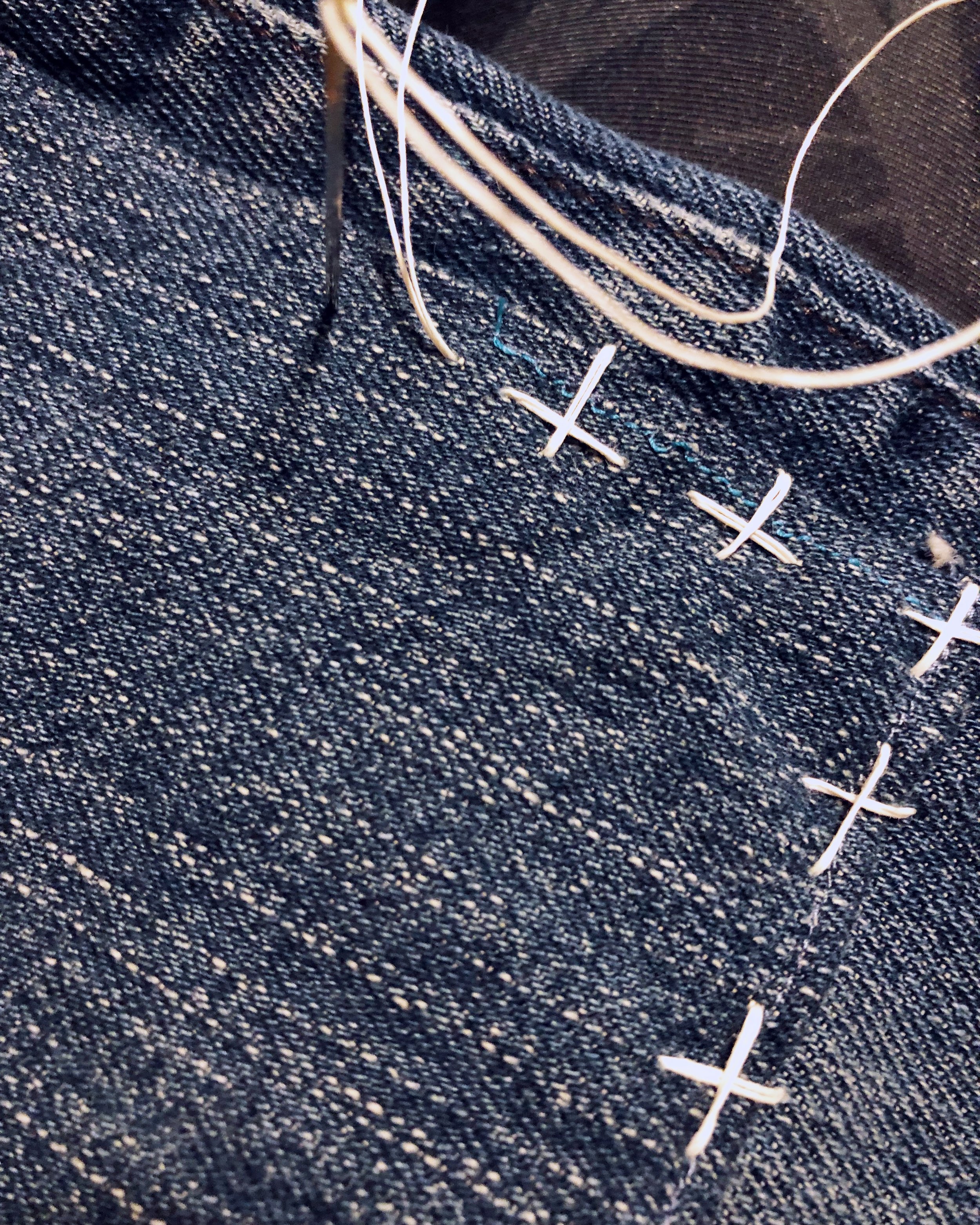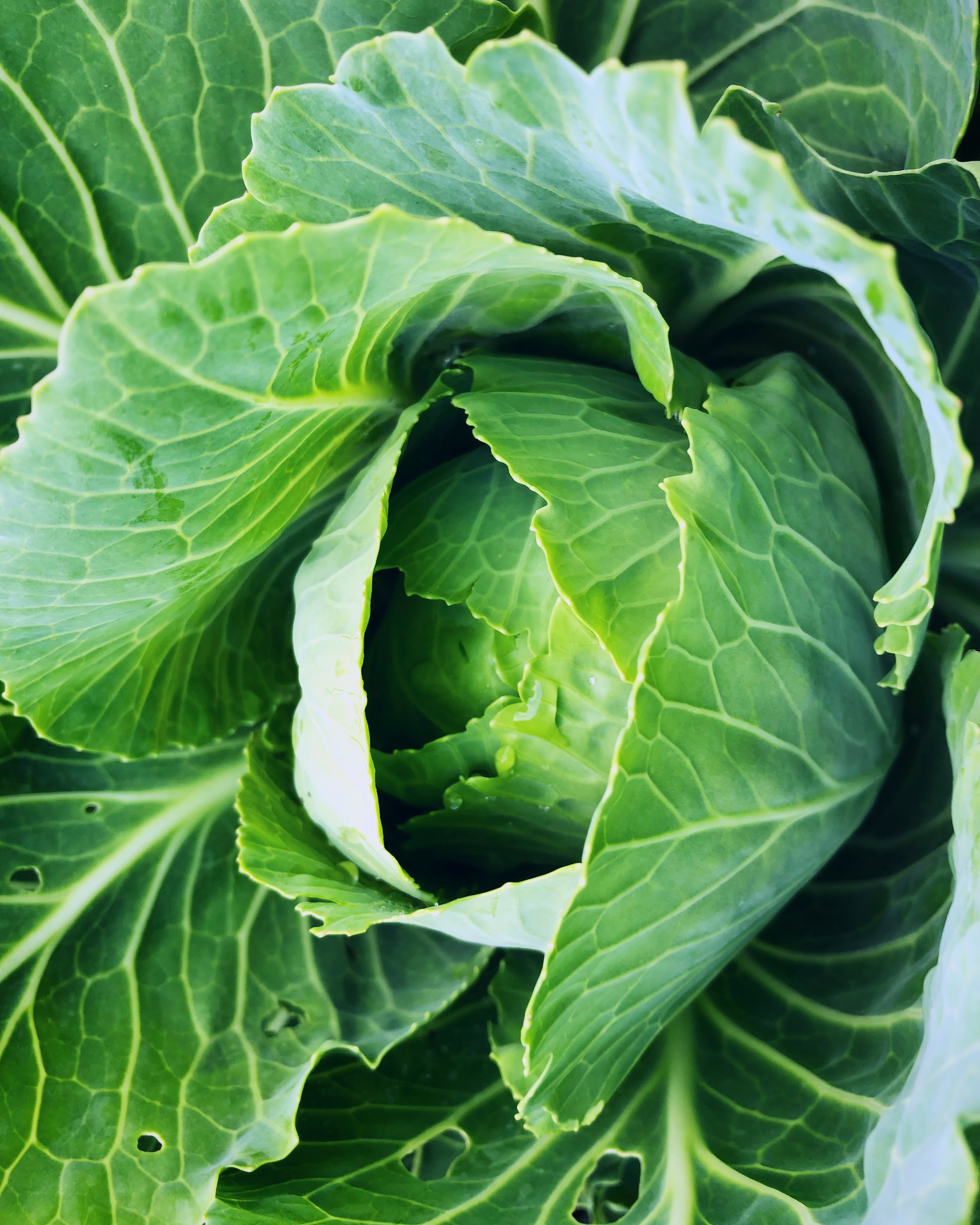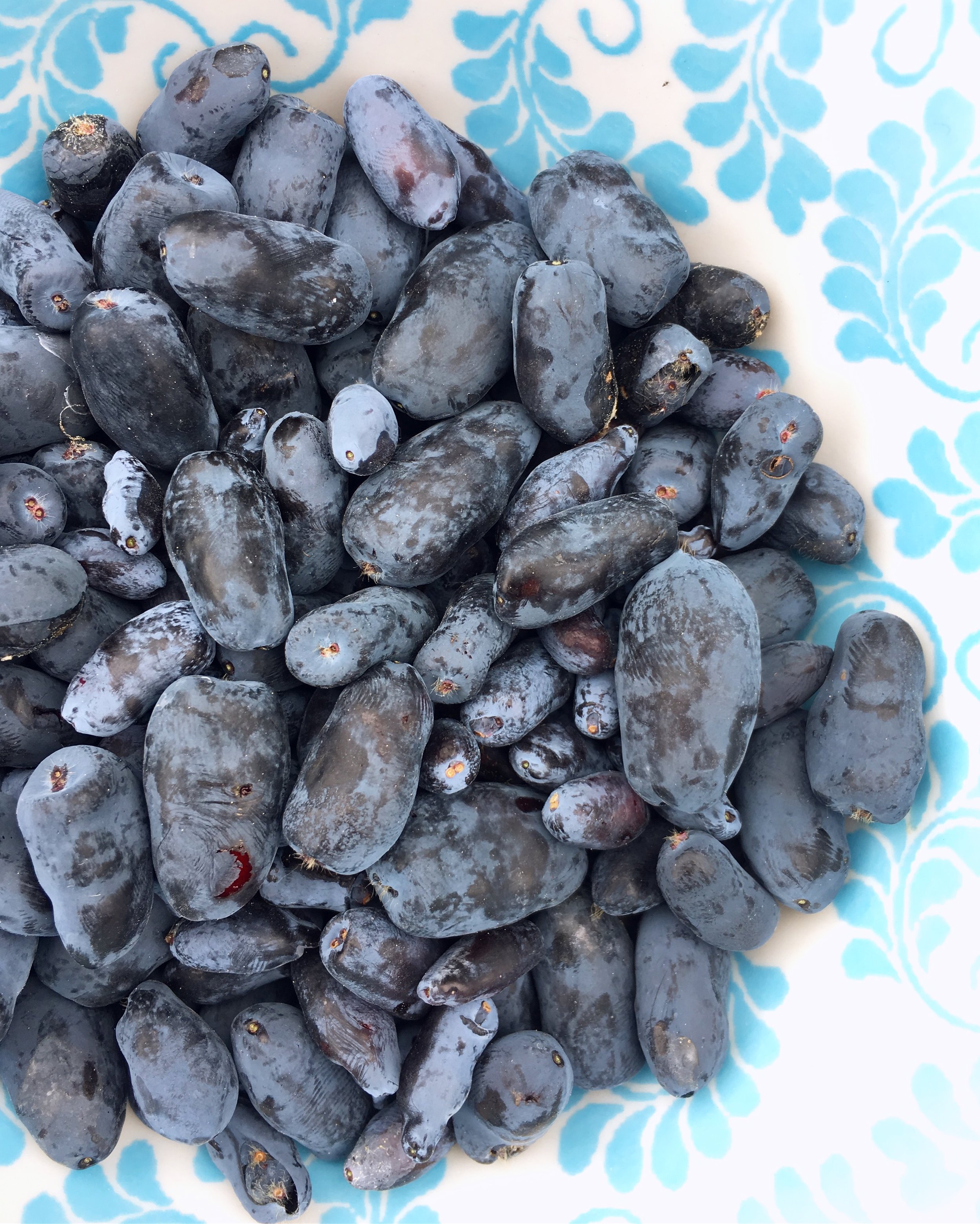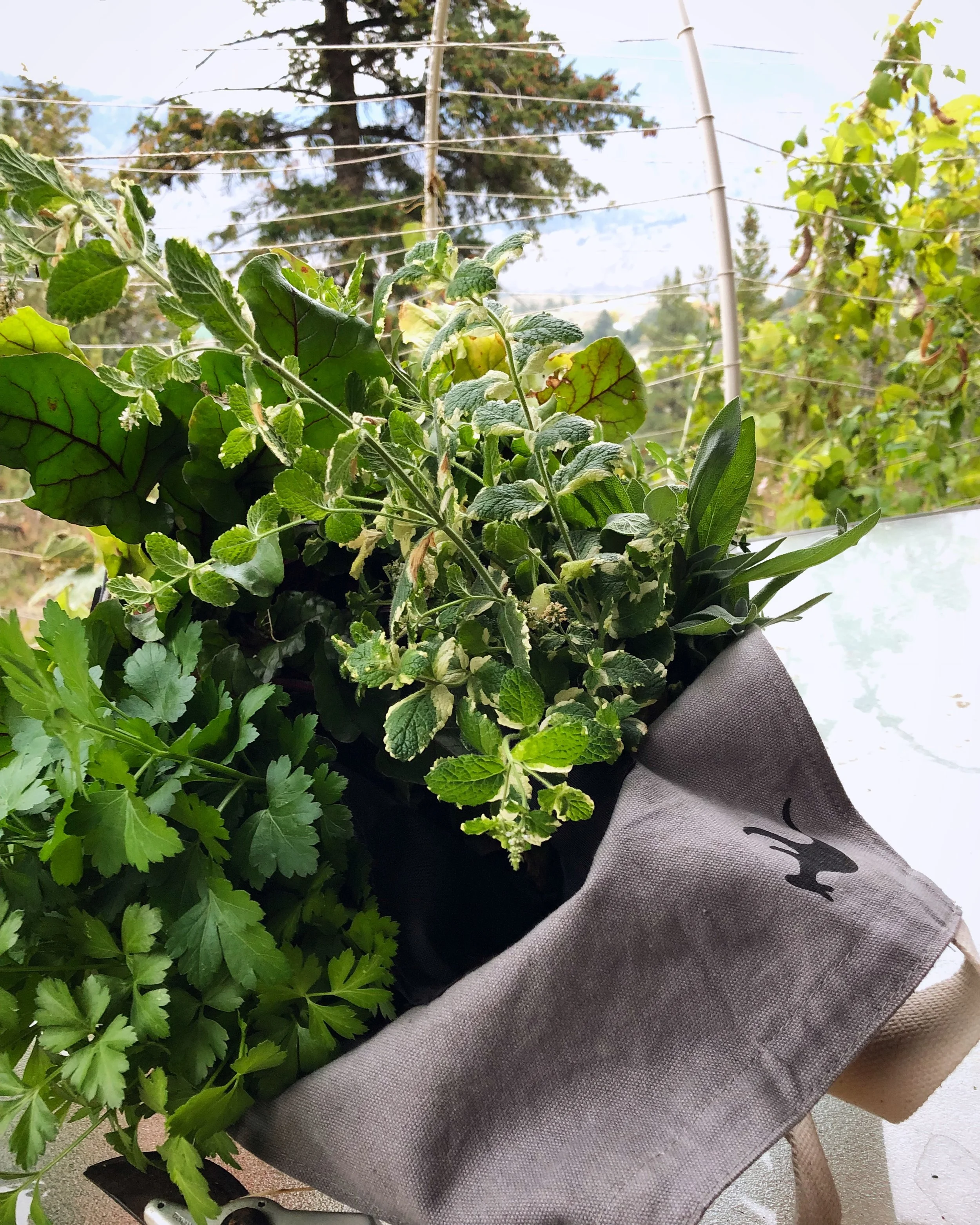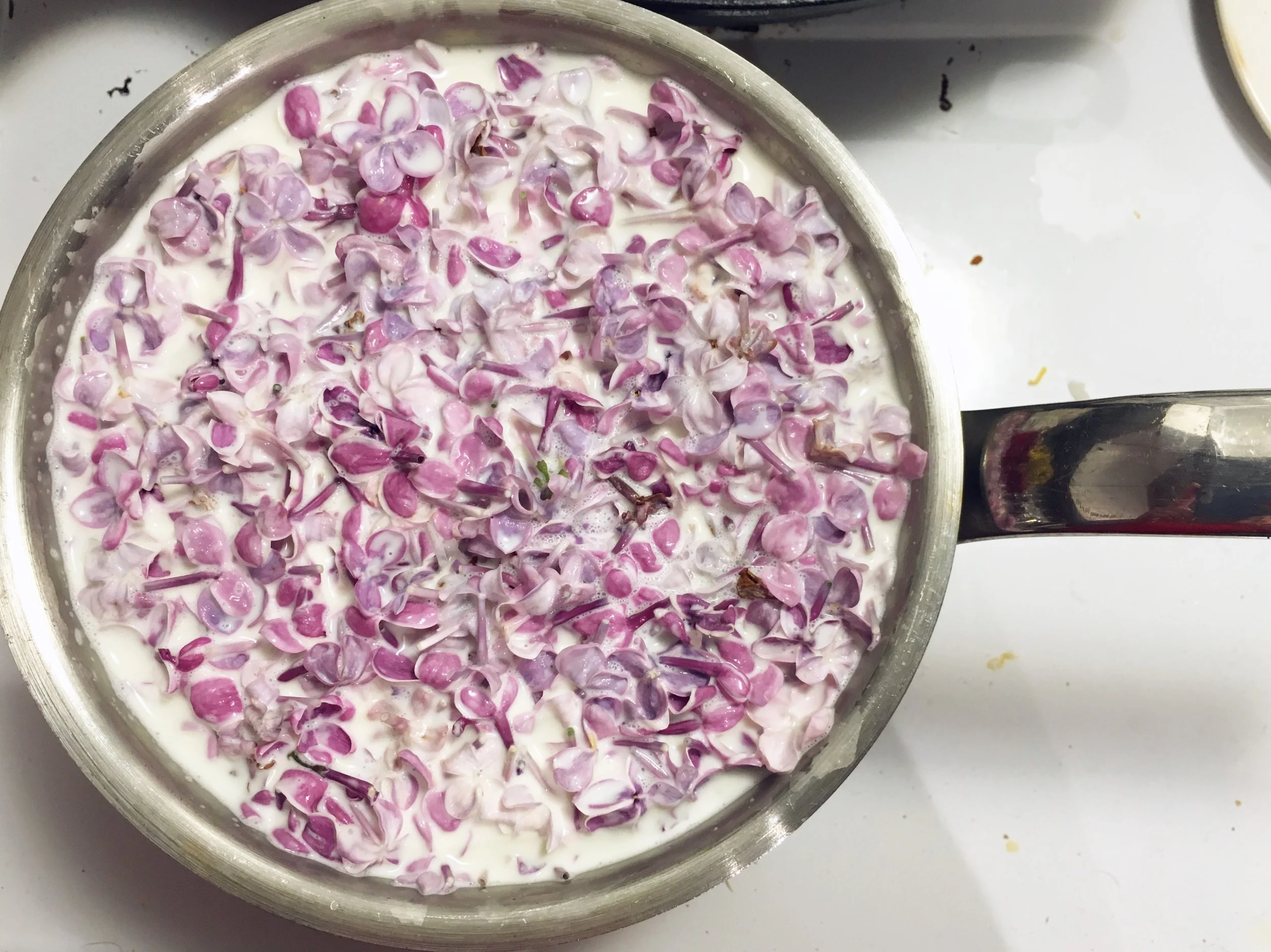Mending Toddler Jeans - Knee Patches
I have a kid who is really hard on his jeans. He’s super excited to see you? He slides to his knees. He’s super disappointed about something? Cue falling to his knees. The end result of all this “power sliding” is that the knees of his jeans wear out while everything else is looking almost brand new.
Now I know there is no way I’m the only one in this situation, so I wanted to talk about this fairly simple (and adorable) way of adding knee patches to super skinny toddler jeans.
“Repair is a radical act”
I love the above quote from Patagonia. I know they are using it as a marketing slogan and using it to convince you to buy their clothes, but the sentiment behind it is so true. We live in an era of disposable fashion, and if we care about this planet - not to mention the people who make our clothing - we need to change our approach. Mend what tears. Fix what is broken. Remember that there is a living breathing human who made each item you are wearing and it becomes that much more precious.
I try my best to make good choices about the clothes we buy, and to fix things where I can. Since I know a lot of you reading this blog care about this earth and like to DIY I plan to start sharing more about this and offering tips and tricks that I’ve picked up along the way. I’m not the only one doing this and there are many people doing an even better job, but I’m just here sharing what I’ve learned.
My go-to way of patching up jeans is to use a sewing machine and a lot of back and forth stitches. It’s super fast, and fairly invisible. With these skinny little jeans that wasn’t an option as the leg wouldn’t fit, so instead I made some patches and embroidered them to the jeans.
To make the patches
Cut pieces of denim or other fabric to the size that you need it plus about a 1/4 inch extra on all sides. You’ll want the fabric to be a similar weight to whatever you are repairing. I usually mend our jeans until they are too far gone, and then keep them around to use as spare fabric for this kind of purpose.
Using a sewing machine turn over and stitch a 1/4” rolled hem on all sides of the patches to finish the edges.
To attach the patches
For a visible mend: Using embroidery thread, or other strong topstitching thread use your favourite motif to attach the patches. I did little +’s in alternating rows in a very contrasting white thread. I think straight lines, or x’s - or even a combination of both - would be really adorable.
For an invisible mend: (note that this will not be truly invisible, but at least way less obvious) match your thread to the colour of the garment you are mending. Stitch down the patch around the edge, and in straight lines or some other unobtrusive pattern to hold down the middle of the patch.


